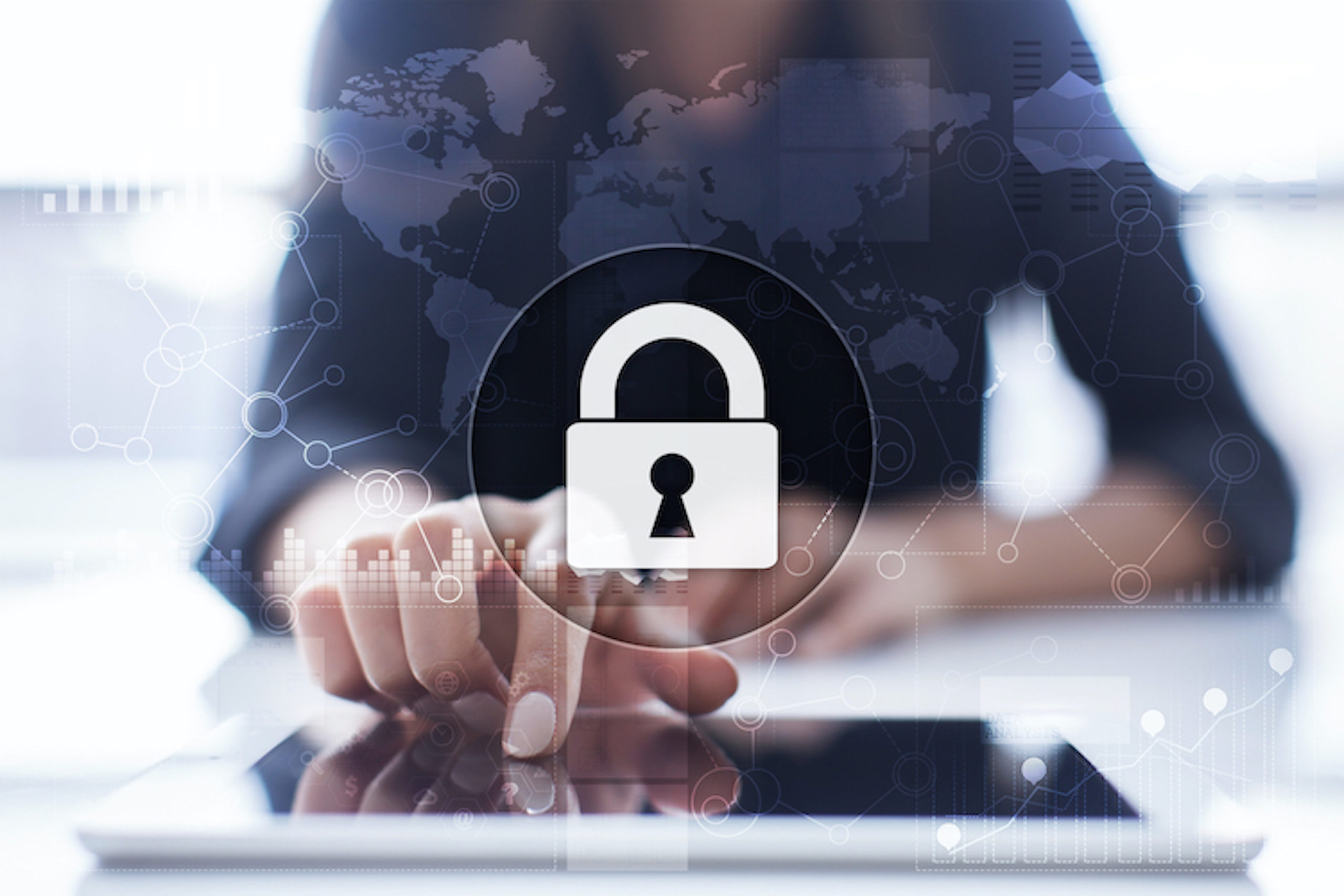The need to log in remotely to a business computer or server has risen significantly over the last year as employees have begun working remotely in larger numbers.
Before the pandemic, 24% of Americans worked remotely from home between 3-5 days per week. Post pandemic, that number has increased significantly to 53% (more than double).
When you open those remote portals that allow employees working outside the office to connect to office assets, you need to put stringent security protocols in place to ensure you aren’t leaving yourself open to a breach.
Remote Desktop Protocol (RDP) is a favorite tool that hackers use to get into a business network. With so many work-from-home employees now needing remote access to work data, cases of RDP attacks have been near an all-time high.
Between Q1 and Q4 of 2020, RDP attacks increased 768%.
But you don’t have to choose between using a remote team effectively and your cybersecurity. If you follow best practices for remote access security, you can keep cyberattacks at bay and protect your data from a remote breach.
Best Practices for Safe Remote Access
Whitelist Approved Users
One of the ways to keep bad actors from connecting to your systems remotely is to use a whitelist on your server for users that are approved to connect. This helps prevent unauthorized users from breaking in because the system won’t recognize them as approved for access.
Ensure Employees Use Secure Connections
The network that an employee is connecting through can leave your business at risk of a breach if it’s not secure. Any wireless routers employees use to go online at home should have a minimum of WPA2 or WPA3 encryption and should be protected with a strong password.
A helpful security application for businesses to adopt is a virtual private network (VPN). A VPN secures and encrypts all internet connections, regardless of the security of the network. This makes them a vital IT security tool for employees connecting to free public Wi-Fi or a less secure home network.
Securing your internet connection helps ensure that a hacker that is connected to the same network can’t use your data to follow your connection and gain access to a remote server or device.
Keep Devices Properly Secured
If an employee device is infected with spyware, the person may not realize it. Then, as soon as they connect remotely to your office server, it could get infected as well.
All employee devices and on-premises systems being accessed remotely should have standard device security. This includes several layers of safeguards to keep systems secured:
- Strong antivirus/anti-malware
- Firewall to monitor for suspicious behaviors
- Update/patch management to ensure updates are installed regularly
- DNS filtering
- Backup and recovery
Strong Login/Password Security
Weak passwords or lax login security continue to be major causes of data breaches. If you have a weak user password guarding access to your remote login privileges, it’s only a matter of time before it’s hacked and your assets exposed.
77% of cloud account data breaches are due to weak or compromised passwords.
While you may not consider your on-premises server “in the cloud,” it is still in a similar position when you have an employee logging in remotely, just like they do to cloud assets. And one of the most important pieces of cloud security is the use of strong passwords and additional controls, like multi-factor authentication (MFA).
Enabling MFA for remote logins can significantly improve security. Even if a hacker has cracked a password, if they don’t have the mobile device that receives the MFA code, they can’t complete login to gain access.
Document & Track Remote Access
It’s important to track all remote access details, such as:
- Who is connecting?
- What type of device is connecting?
- What is their location?
- What assets are being accessed?
- What time of day is a user logging in to RDP?
If you’re not monitoring remote access traffic, then it’s easy for an attack to go unnoticed. All attacks aren’t going to raise loud alarm bells. Many of them are spyware, purposely deployed silently to steal information without you realizing it.
Monitoring your remote access allows for flagging any suspicious behavior, which can help you address an unauthorized party as soon as possible.
Put Remote Connection Policies in Place
It’s important to have protocols in place for your team to ensure your remote connections aren’t used to conduct data breaches.
Your policy should include things like only allowing approved devices to connect remotely, the types of activities that can be done remotely, and what can and can’t be accessed.
Giving your employees a “security roadmap” to using RDP can help them avoid missteps and keep your network and data better safeguarded.
How Secure Are Your Remote Connections? Need to Find Out?
Leverage IT Group can help your DFW area business review your current remote access security protocols and make recommendations for improvements to protect you from a costly breach.
Contact us today to schedule a free consultation. Call (469) 458-0559 or reach us online.

